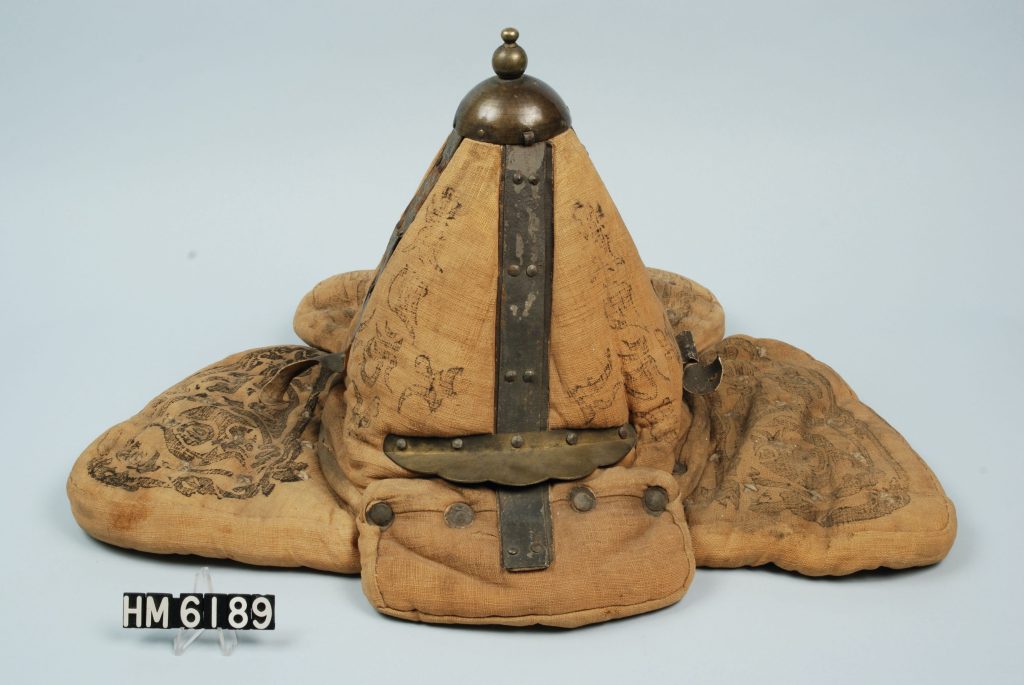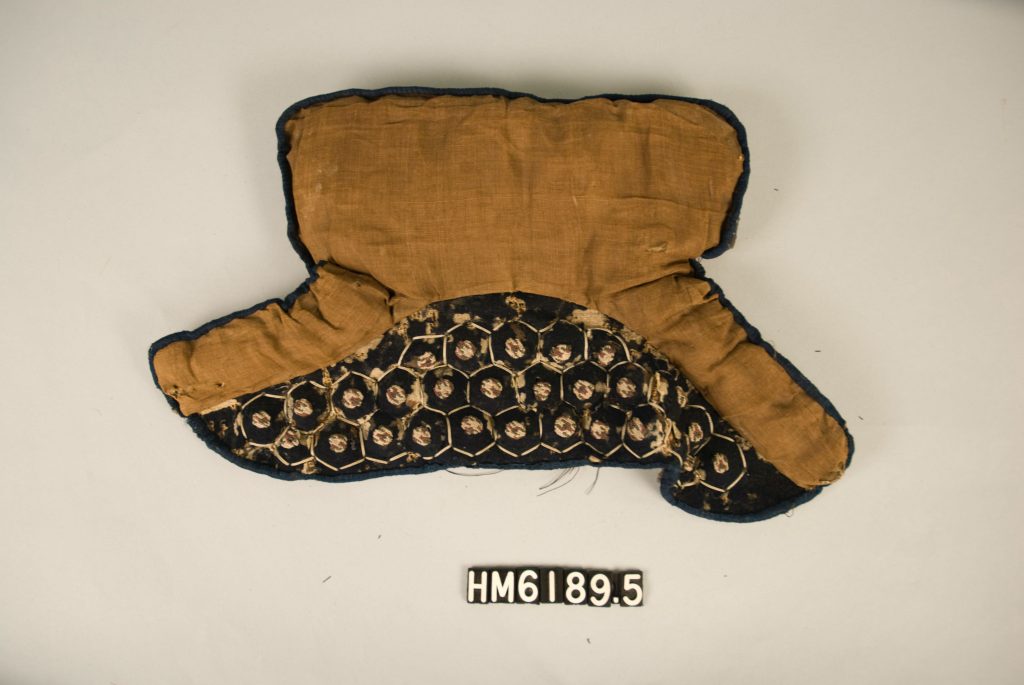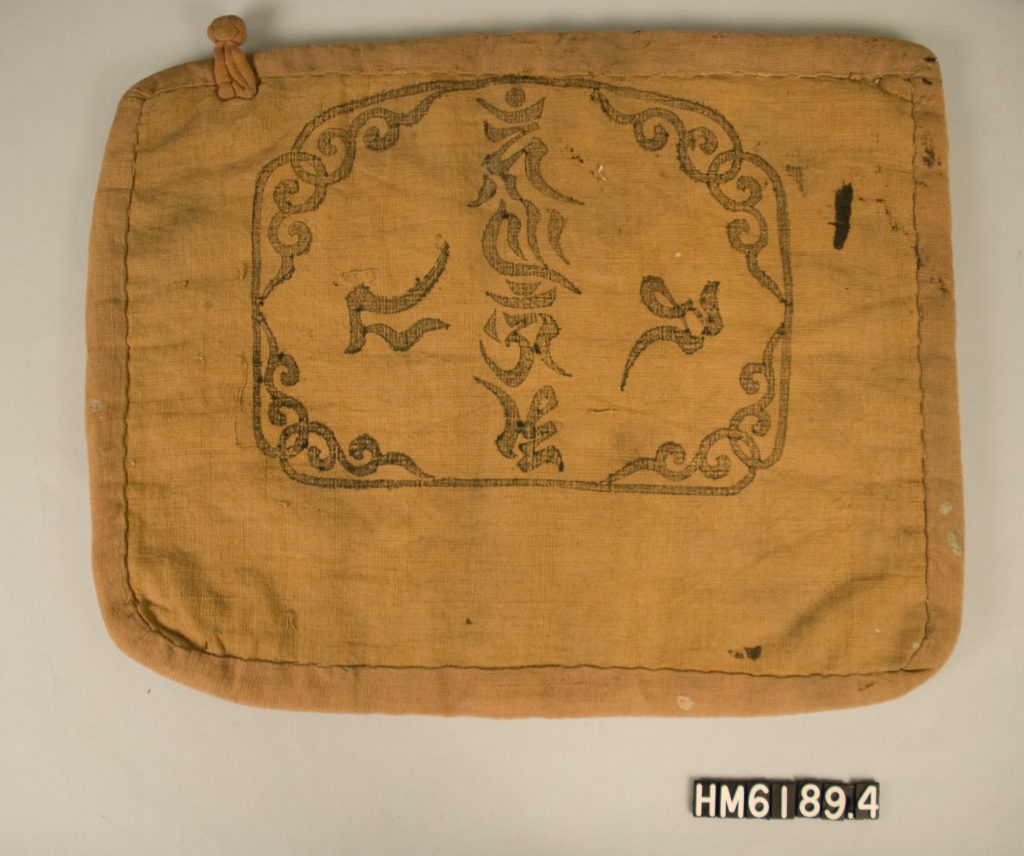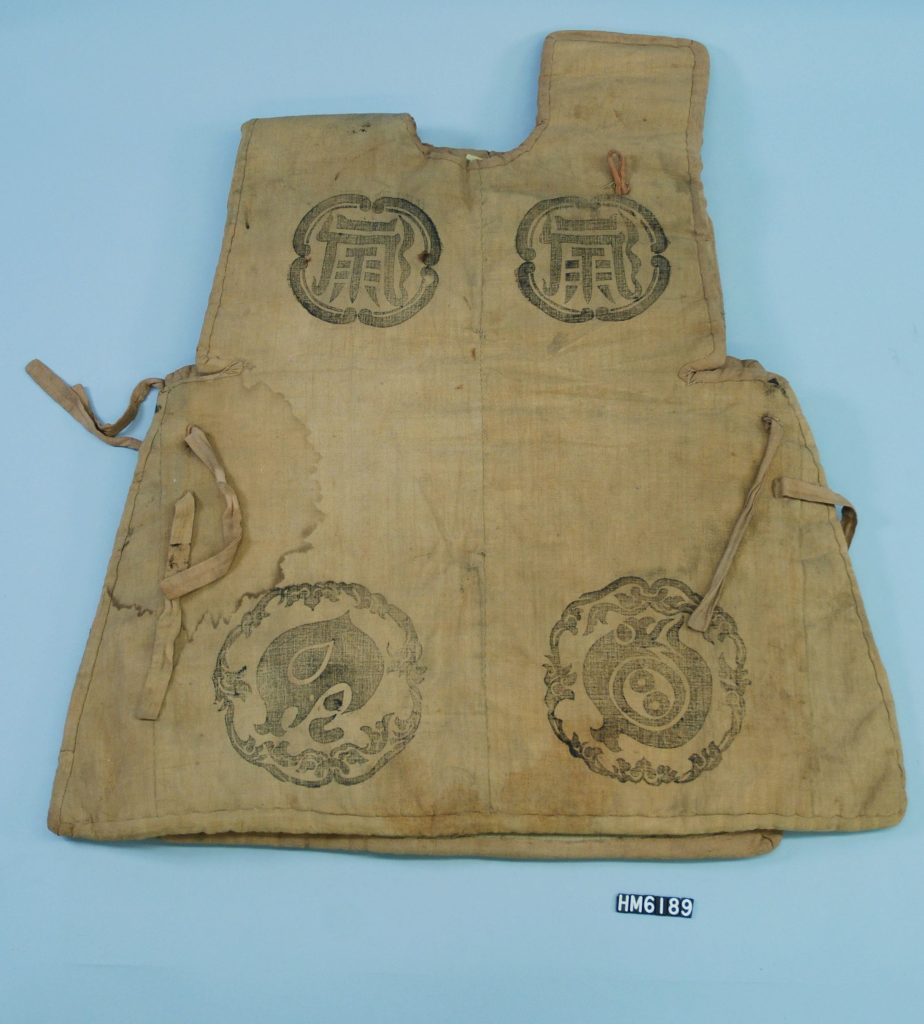The Art of War

Maine mariners commonly collected weaponry as part of their travels to foreign ports, especially in Asia. In China, Korea and Japan, they tended to collect armor and swords. Similar sword designs and styles were common throughout Asia. These include short double-edged swords and long single-edged swords.
The padded cloth armor here has Buddhist and Taoist symbols, which provided divine protection for the wearer in battle. The symbols depict the Five Mountains, associated with each of the five directions-north, south, east, west, and central. For the wearer, the east mountain brought long life; the south protected them from enemies or fire; the west from sword wounds; the north against harm from water; and the central from fatigue from battle.
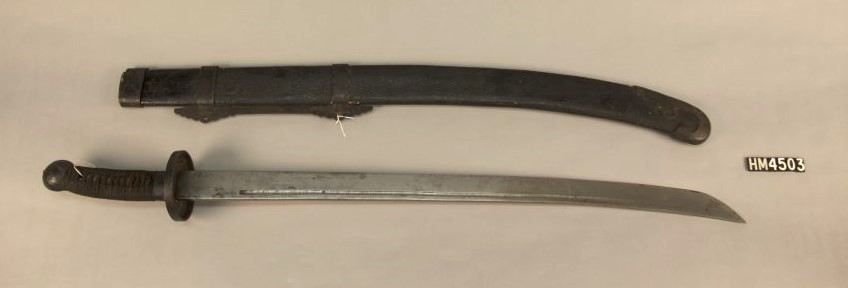
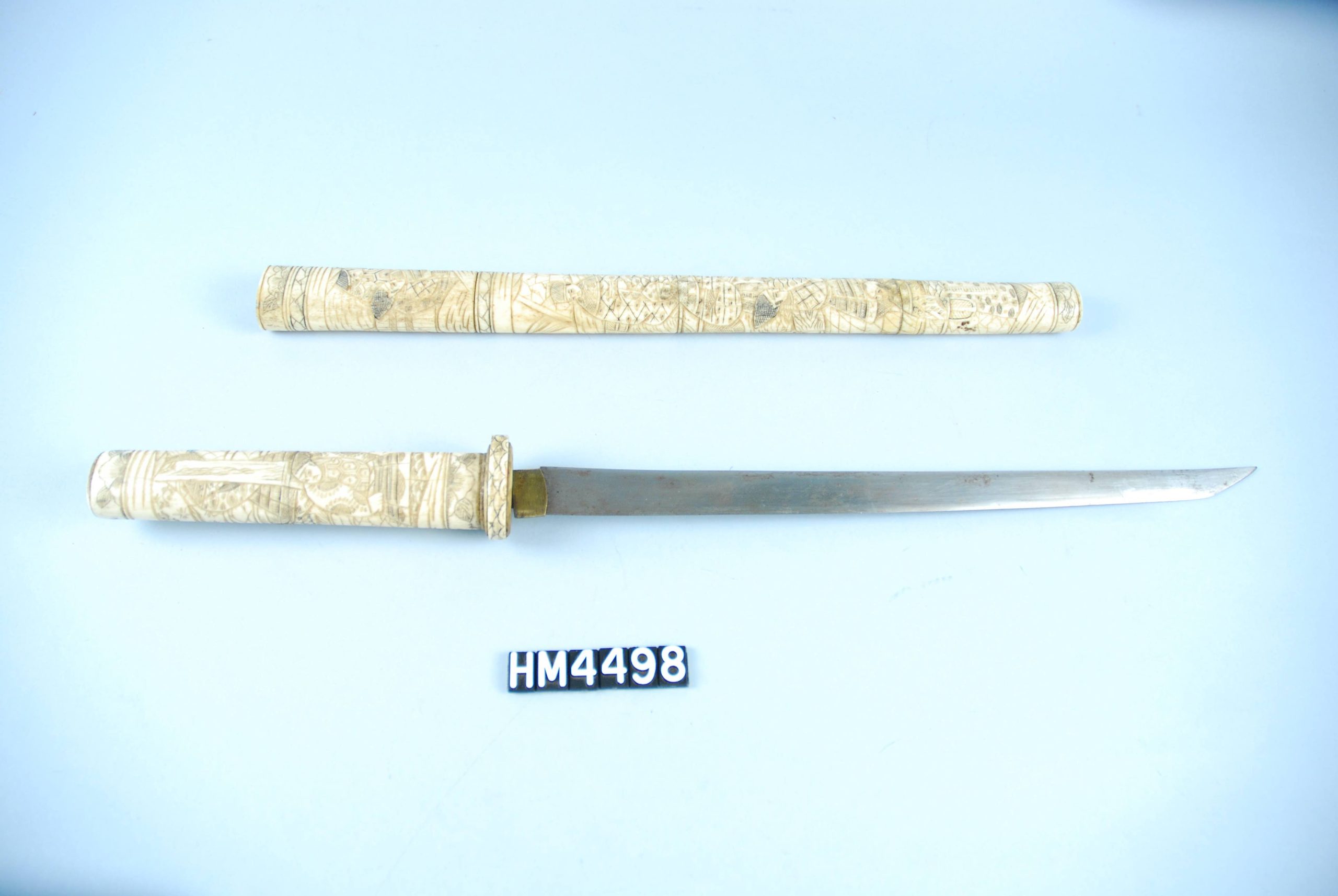
Japanese Tanto
c. 1870
Usually a Tanto was paired with a longer Katana. Both were traditional weapons for samurai.
(HM4498)
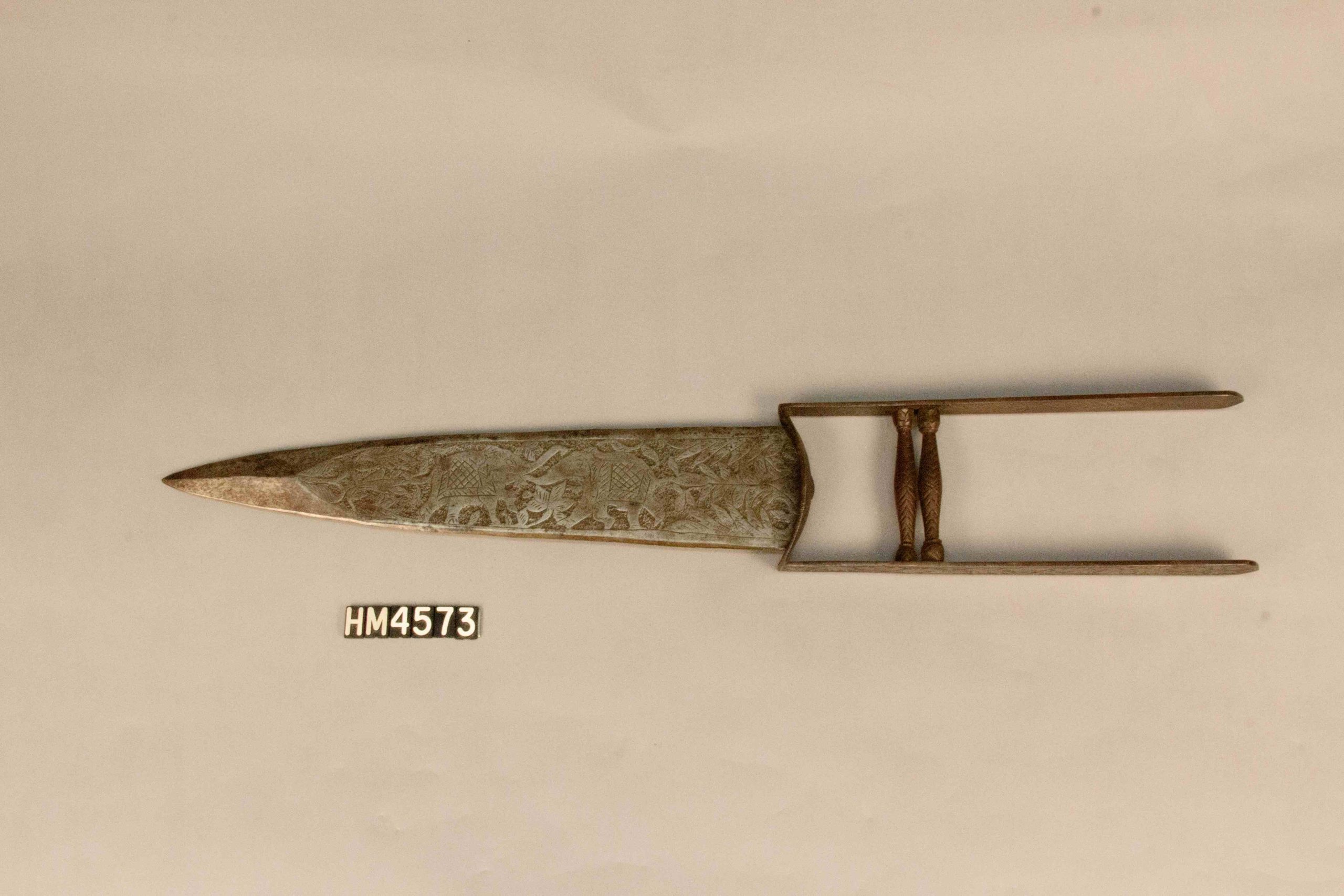
Indian Katar
19th Century
The katar is the oldest and most distinctive of the Indian knife form and is often referred to as a punch dagger. This weapon was used to hunt tigers and pierce armor.
Richard Emerick Collection
Korean Armor
Joseon Dynasty
This form of armor, with Taoist and Buddhist symbols, was invented after the French campaign against Korea in 1866 and was used in the battle fought on Ganghwa Island against U.S. Forces in 1871. The armor was created by folding fabric 13 to 30 times and was meant to protect the wearer from bullets and swords.
Ex. Portland Society of Natural History
(HM6189)

